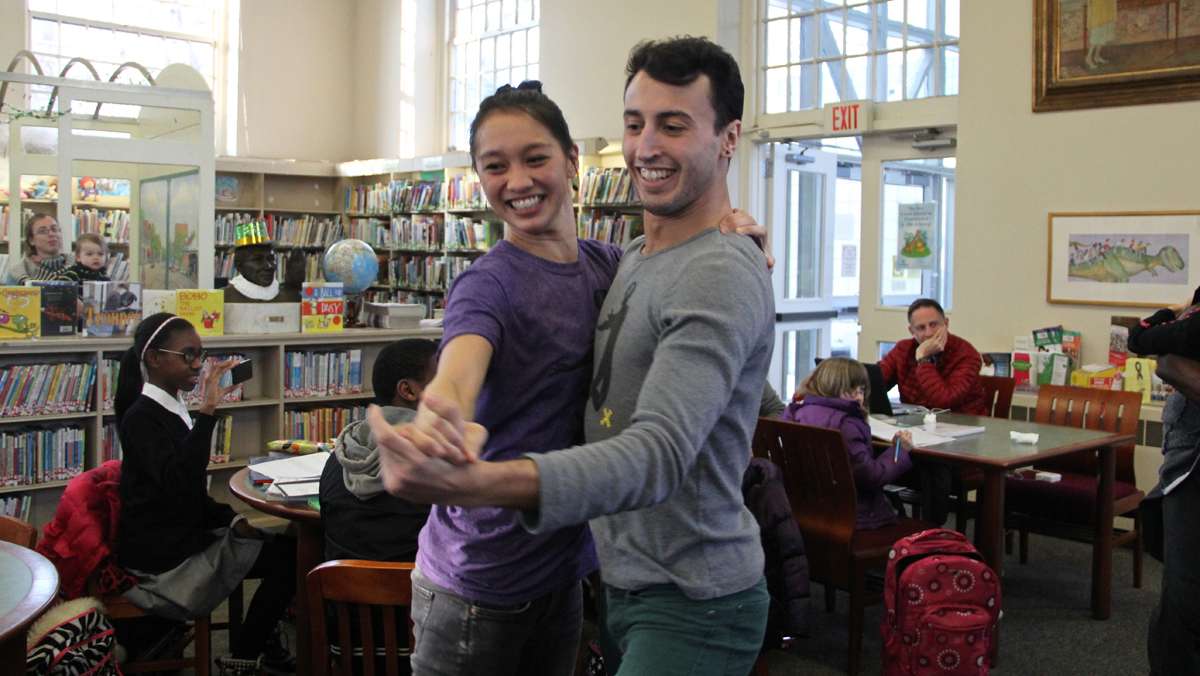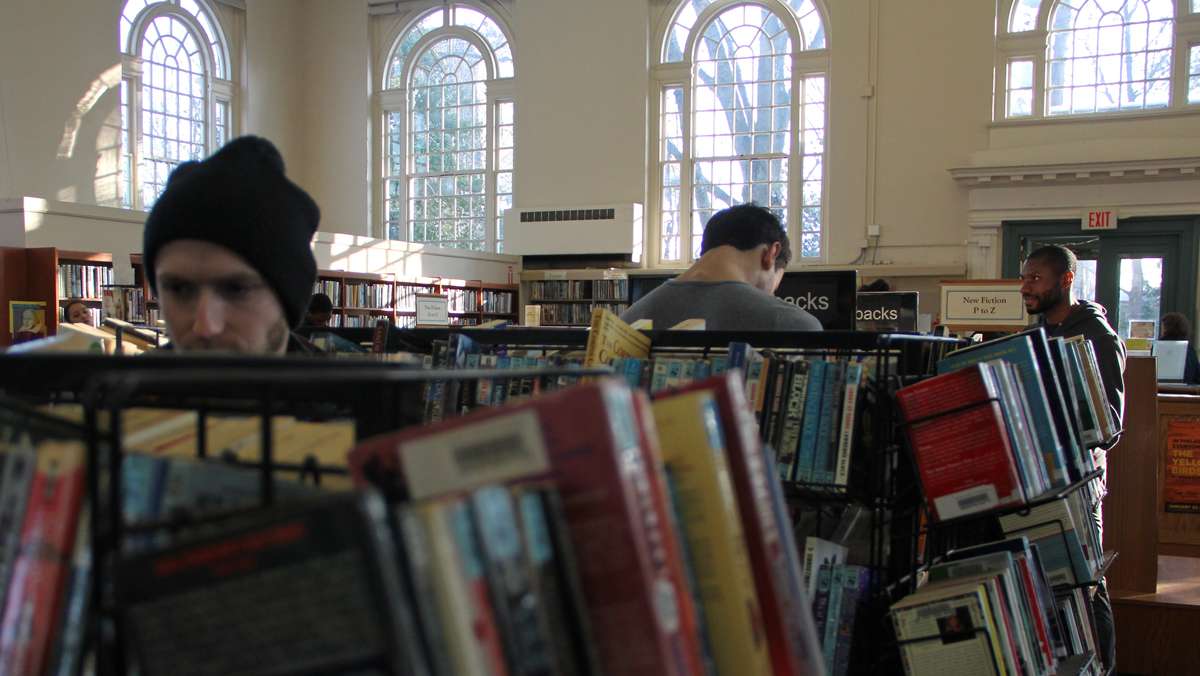Don’t want to live in a black-and-white world? Talk to people who are different from you
Making me squirm, my 3-year-old daughter stared at the cashier and asked, “Mommy, why is that woman’s face black?”
Startled, I hesitated. “Just like some people are tall and others short, people come in all different colors,” I answered.
I began to apologize to the cashier. She saw my pained expression, and before I could say anything, she said, “Don’t worry. She is only a child. She’s just curious.”
This is part of a series of essays about what it’s like to be you in Philadelphia. In an attempt to discuss issues of race and ethnicity respectfully and productively, all readers are invited to submit an essay to speakeasy@newsworks.org to contribute to the series.
—
Making me squirm, my 3-year-old daughter stared at the cashier and asked, “Mommy, why is that woman’s face black?”
Startled, I hesitated. “Just like some people are tall and others short, people come in all different colors,” I answered.
I began to apologize to the cashier. She saw my pained expression, and before I could say anything, she said, “Don’t worry. She is only a child. She’s just curious.”
At the time, more than 20 years ago, we lived in New Hope. There was hardly a black person for miles. That day we were visiting a friend in Morrisville, a town closer to Trenton, and all of a sudden the world changed. Racial diversity existed.
How to combat prejudice? Be a good neighbor.
I never thought about just how black and white the world was until my daughter asked that question. But despite all the progress made towards civil rights in my lifetime — integrating schools, ending the separation of facilities for whites and blacks, abolishing the poll tax that kept poor blacks from voting, and repealing the ban on interracial marriage — we still live in a markedly black-and-white world.
Yet, how is prejudice eradicated? Fear of the other, the stranger, only dissipates with human contact and interaction. We’re afraid of what and who we don’t know.
As a Jewish woman, I haven’t met much direct prejudice, but when I have it’s usually come from people who haven’t been exposed to Jews. And lack of experience can sometimes translate to horrible misconceptions.
When I was in college, on a trip through New England, I stayed with a friend at a small motel run by a family who lived in a house next door. We were two friendly and trusting college girls vacationing far from home in a small town in Maine. So one night, when the motel owners’ cousins were visiting from Canada, the family invited us to dinner.
The visit went well until the cousins began talking about the ruination of the United States by black people (which they phrased a little differently) and their accomplices, liberal Jews. Our warm and welcoming hosts were in agreement with their cousins.
I could guess that none of these people had ever come in contact with blacks or Jews, or that when they did, they didn’t know it.
My friend wasn’t Jewish, but she was equally disturbed by our hosts’ hateful slurs. My natural impulse would be to say something, but they were so vehement in their pronouncements that I kept quiet, thinking that we couldn’t change them. Being stuck at their motel for at least another night reinforced our silence. Instead we left as quickly as possible.
I wish I would have felt comfortable speaking up. But, ultimately I believe it’s long-term exposure that opens people’s minds, not a one-time encounter. Like the more innocent experience I had with my daughter when she was only a toddler, this raw encounter with prejudice, made me realize that, as wonderful as the American melting pot is, the ingredients aren’t always combining so smoothly.
Seeking a more colorful life
Much time has passed since both experiences. I’m no longer a college student, and my daughter is grown up, long gone and living in another country — Sweden.
I’ve since moved from Bucks County to Philadelphia’s South of South neighborhood. Some of our acquaintances criticized our decision to move to the city, though their biggest issue was parking.
One of my husband’s clients even made racial slurs in the guise of a joke. I’m sure, too, that some of our black neighbors weren’t happy about the way their neighborhood was changing, the probable resulting increase in taxes, and, for some, their displacement.
So it’s not perfect, but diversity is one of the many things I like about life in the city. The street I live on now is a mix of cultures, ages and colors. We’re like a pack of those multicultural skin-tone Crayola crayons .And a couple of times a week I go to the Christian Street Y, where the mix of ethnicities is so great — Chinese, Indian, European, African — that no single color stands out.
If I were raising a daughter in 2014, walking around this neighborhood, she would see people ranging from tan to mahogany every day. I can imagine taking her to the suburbs and her asking, “What happened to all the beautiful colors?”
WHYY is your source for fact-based, in-depth journalism and information. As a nonprofit organization, we rely on financial support from readers like you. Please give today.







